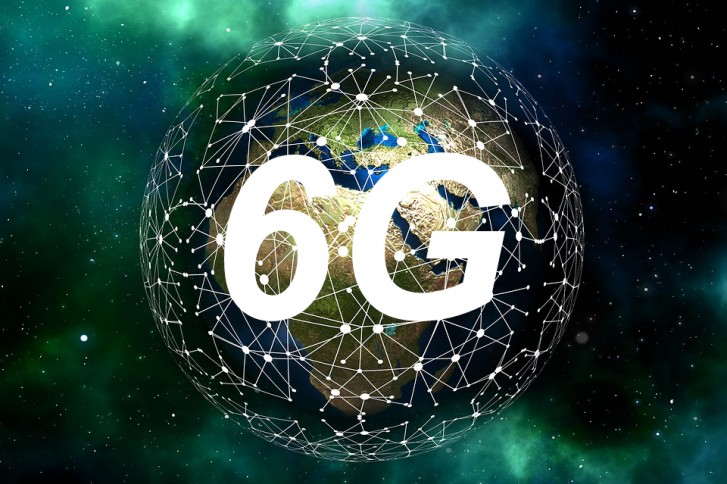

5G is the fifth generation wireless technology for digital cellular networks that began wide deployment in 2019.The frequency spectrum of 5G is divided into millimeter waves, mid-band and low-band. Low-band uses a similar frequency range as the predecessor, 4G.
5G millimeter wave is the fastest, with actual speeds often being 1–2 Gb/s down. Frequencies are above 24 GHz reaching up to 72 GHz which is above the extremely high frequency band’s lower boundary. The reach is short, so more cells are required. Millimeter waves have difficulty traversing many walls and windows, so indoor coverage is limited. 5G networks are digital cellular networks, in which the service area covered by providers is divided into small geographical areas called cells. Analog signals representing sounds and images are digitized in the telephone, converted by an analog to digital converter and transmitted as a stream of bits. All the 5G wireless devices in a cell communicate by radio waves with a local antenna array and low power automated transceiver in the cell, over frequency channels assigned by the transceiver from a pool of frequencies that are reused in other cells. The local antennas are connected with the telephone network and the Internet by a high bandwidth optical fiber or wireless backhaul connection. As in other cell networks, a mobile device crossing from one cell to another is automatically “handed off” seamlessly to the new cell.
The 5G is not yet live in most countries and, but researchers are already working on the next-generation wireless network.
The Chinese Ministry of Science and Technology recently started preparatory work and experts involved believe speeds can up to 8,000 times higher than the current 5G speeds.
According to members of the working group, 6G can achieve mind-blowing speeds of around 1TB/s. Dozens of researchers and experts are on the job but we are still years away from its deployment. For reference, the current 5G network we are beginning to use has been in development since 2008.
As 5G goes hand in hand with IoT, or at least it supposed to, the 6G era will most likely give us a whole new perspective of connectivity once again.
And since we are still far away from the commercial 6G network, the use cases for such high-speed low-latency network are unclear. Still, according to those early estimates, the network will let you download 40 to 50 movies worth of high-quality 4K content on your device in a second.
Leave a Reply